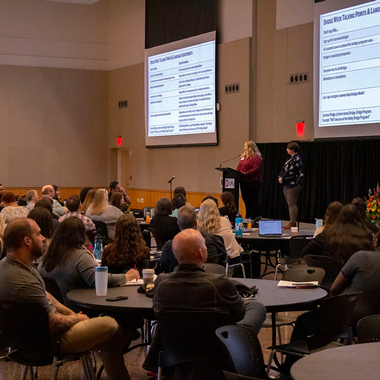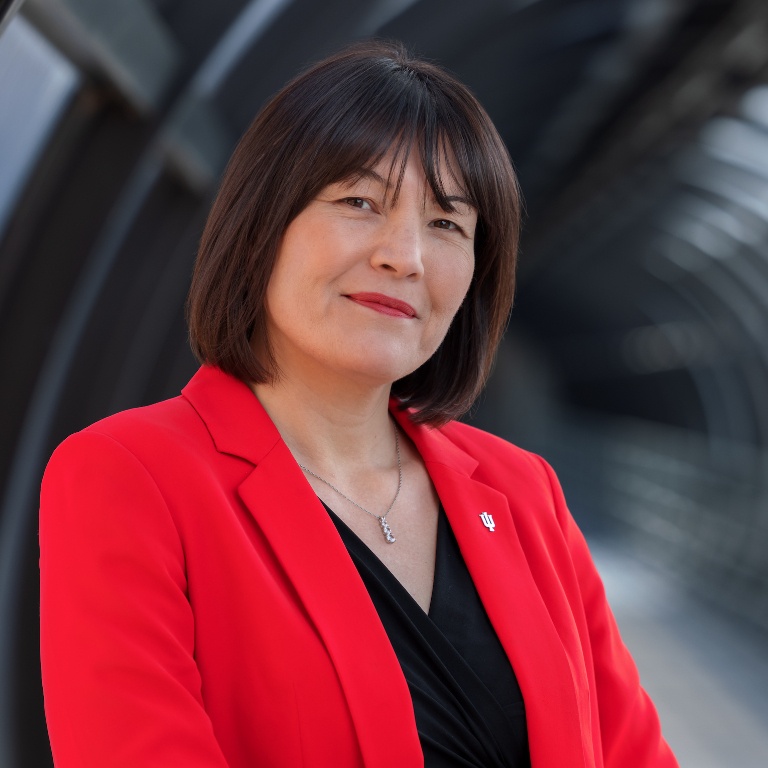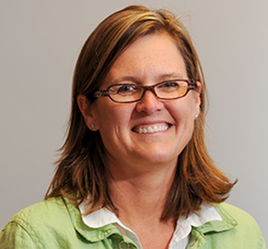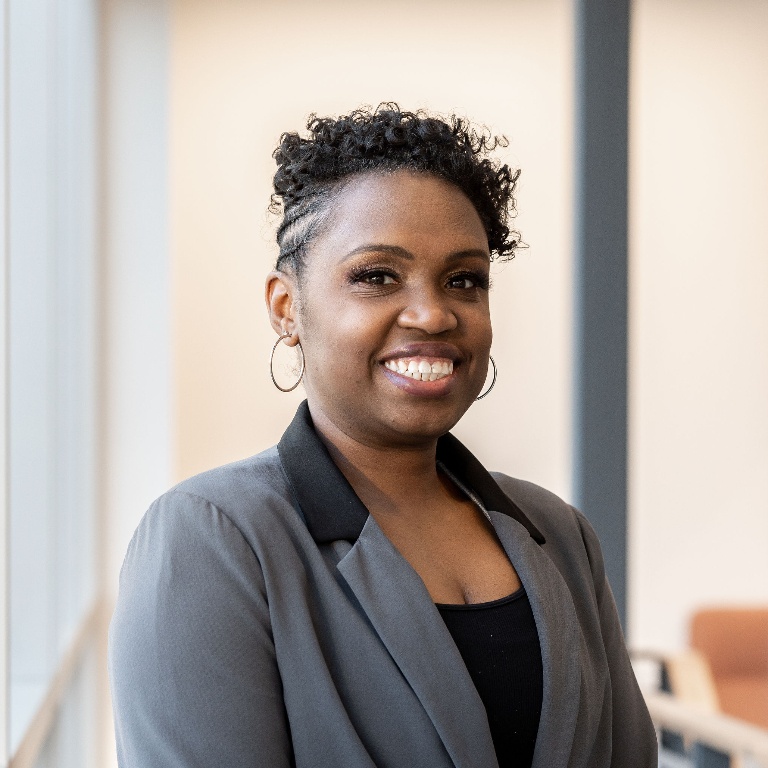This spring, the Optimizing First-Year Success Taskforce embarked on envisioning the ideal first-year experience for students at IU Indianapolis. July marked the taskforce’s delivery of its finalized recommendations in the areas of orientation, Bridge Week, first-year seminars, academic advising, and career readiness.
Initially created by Interim Executive Vice Chancellor and Chief Academic Officer Jay Gladden, the taskforce consists of a mixture of faculty and staff whose work focuses on the first-year experience. Associate Vice Chancellor for Undergraduate Education and Dean of University College Christina Downey co-led the taskforce with Associate Dean for Academic Affairs and Strategic Initiatives in the School of Science Jane Williams.





